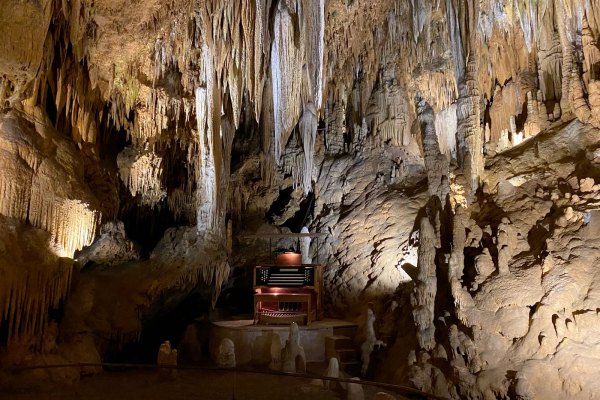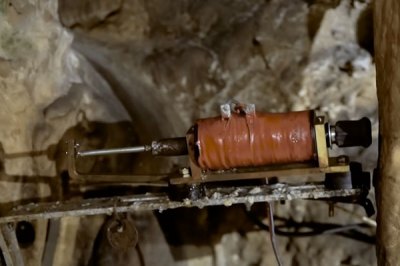When we think of a space launch it’s likely our minds might turn to the lush swampland of Florida’s Cape Canaveral, or the jungle of Kourou in Guyana. These are both in the tropical regions on sites as close to the Equator as the governments who built them could find, because the higher rotational speed of the planet at its widest point gives departing rockets a bit of extra kick. Even the Soviet Baikonur cosmodrome in modern-day Kazakhstan which sits at around 45 degrees North, was chosen in part to lie in one of the more southerly Soviet republics.
It’s unexpected then to report on the opening of what may at the time of writing be the world’s newest spaceport, situated on the island of Andøya in northern Norway, at around 69 degrees North. Just what is going on?
The answer for the German company Isar Aerospace is that their launches from the site will be ideally placed not for low-inclination orbits but for polar orbits, something of a valuable commodity and a worthy point of competition when compared to equatorial sites. We have shamefacedly to admit that we’re not completely au fait with Norwegian geography, so it took us a minute to find Andøya towards the top of the country’s westward chain of islands.
The spaceport itself lies in a bay facing westward over the Norwegian Sea, and the launch platform is on a stone jetty protruding into the water. It appears to be a beautiful landscape, a suitable reward for any hardy souls who make the trip to watch a launch. Unexpectedly the spaceport stands alone in Continental Europe, though before too long it’s likely to be joined by other projects including one in northern Scotland. European skies are likely to become busier over the coming years.














